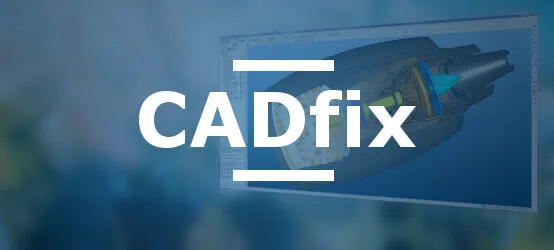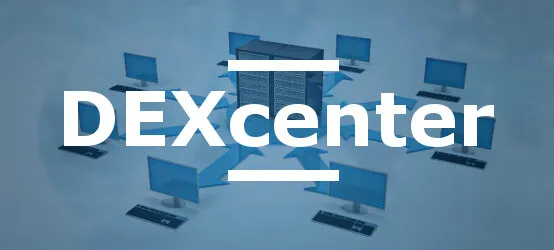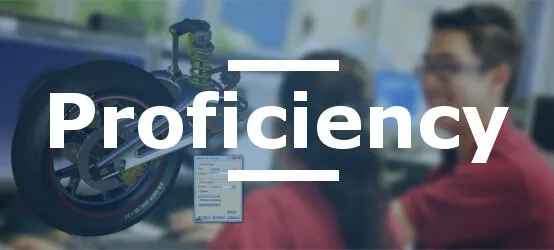CATIA V4, developed by Dassault Systèmes in 1993, is a computer-aided design (CAD) software that stood out for its advanced 3D modeling capabilities. Designed to meet the needs of demanding industries such as aerospace, automotive, and manufacturing, CATIA V4 was widely adopted for creating complex models. Although its support officially ended in 2011, it is still used in certain industrial environments to manage legacy projects.
CATIA V4 File Formats
CATIA V4 uses several specific file extensions to store and manage different types of data. The main native formats are:
- .model: Files for parts, assemblies, or drawings.
- .exp: Export files.
- .dlv3 and .dlv4: Export formats.
- .session: Assemblies or overlays of multiple model files.
These formats enable efficient CAD data management but require specific tools and processes to ensure interoperability with other systems or versions.
Interoperability with Other CAD Systems
CATIA V4 supports several neutral formats to facilitate data sharing with other CAD software. Supported formats include:
- IGES: Widely used format for exchanging geometric data.
- DXF: Popular format for 2D drawings.
- STEP: Standard format for exchanging 3D data.
- STL: Commonly used format for 3D printing.
However, converting between these formats and other CAD systems can lead to data loss or errors, requiring expertise in interoperability.
Challenges in Converting CATIA V4 Files
Migrating CATIA V4 files to newer versions like CATIA V5 or V6 presents several challenges:
- Differences in geometric kernels: Fundamental differences between CATIA V4 and V5 engines can result in data loss or deformation.
- Modeling methods: Variations in modeling practices can complicate the conversion process.
- Cleaning and remastering required: Thorough cleaning before conversion is essential to minimize losses. Post-conversion remastering also helps optimize migrated models.
A Real-World Example: Airbus A380 Project
A notable example illustrating these challenges is the Airbus A380 project. Migrating data from CATIA V4 to CATIA V5 caused major issues, leading to significant delays and millions of dollars in additional costs. This highlights the importance of rigorous management during the conversion process.
CAD Interop Solutions for CATIA V4
CAD Interop offers a comprehensive range of tools dedicated to visualizing, converting, and validating CATIA V4 files. Our solutions include:
- 3DViewStation: Fast and intuitive visualization of CATIA V4 files.
- CADfix: Advanced conversion and optimization of CAD models.
- CADIQ: Geometric validation to detect discrepancies after conversion.
- DEXcenter: Automation of exchange and conversion processes.
- Proficiency: Intelligent migration while preserving design intent.
Interoperability Tips:
- Perform thorough cleaning before any conversion.
- Use optimal settings provided by our tools to reduce losses.
- Systematically validate your models after conversion to ensure quality.
CATIA V4 remains a key tool for managing legacy projects despite its official end-of-life. With CAD Interop's solutions, you can overcome interoperability challenges and optimize your conversion and validation processes. Contact us today to learn how our tools can meet your specific CAD interoperability needs!






